
Art
Tripoli of the Orient, Plural City | Houda Kassatly’s online exhibition at Alice Mogabgab
Imagine a time when this country wasn’t too deep in quicksand… We’d stay steady because why move or struggle when we could see the unity of people of different ethnicities and religions, feel only the goodness of peoples’ hearts and breathe easily without feeling the panic of an economy in trouble; when everything was running smoothly through work and trade? That was what we simply call today ‘’Tripoli’’; a second capital city which, before war broke out in 1975, was only seen as a place of beauty.
Words/Khaled Alameh
And it could still be seen that way today if you were a tourist unaware of the depressing history of events that made many Lebanese experience the tough, tragic episodes that shook this country to reach the state it’s in today. That is what Houda Kassatly is successfully reflecting in her new series of work entitled ‘’Tripoli of the Orient, Plural City’’, a collection of 41 various moments captured from 1990 to 2020, that are now being exhibited online on Alice Mogabgab Gallery’s website.
Houda Kassatly has built up quite a resume throughout her life. A DEA in Philosophy from the University of Paris I Pantheon-Sorbonne, finishing her doctoral thesis in Ethnology and Comparative Sociology at the University of Paris X-Nanterre, and a professional career in research to passionately dabbling in photography. In addition, she’s also been an international expert on the European MEDINA project as well as being a researcher at the University of Balamand and at the Interdisciplinary Memory Research Unit at Saint-Joseph University and an associate researcher at the CERMOC (Centre d’Etudes sur le Moyen-Orient Contemporain). Not to mention that, if all of this wasn’t enough already, she also spent 10 years being responsible for the Information-Communication, Capitalization and currently the culture program of ‘’Arcenciel’’, an association working for sustainable development.
She’s accomplished so much from the very steppingstone of her career till the very height of it and is still soaring. Her new photograph exhibition, ‘’Tripoli of the Orient, Plural City’’ is her latest endeavor. Here are a few examples that clear up the strong message behind this project that’s been 30 years in the making.
Plural Architectures
It’s 2020, and the aftermath effect of war lives on in visual form in the old buildings that make up a huge part of the history and culture of Tripoli. You can see the neglect, clear as day in the natural sunlight, for that was Houda Kassatlys’ main intention when she pointed and pressed the button on her camera.
The truth appears through the shredded aging walls, the dusty floors and the windows and doors with tainted glass or no glass at all. And while the city is currently attempting to cover up the sad story behind the tragic state of its’ architecture, a simple coat of paint here and there can only do so much but can’t hide the social and economic troubles that it still faces today. That’s not something that can or should be covered up but should be deeply worked through towards something better.
The Living Crafts
The blood, sweat and tears put into the only goal that matters when hard times are occurring. To stay risen in a pool of ashes that resulted from a mix of violence and darkness that destroyed a once balanced society. Work was good, trades were happening and lives were without hardships. It’s a shame to see Tripoli in the trouble it’s in now. And these photographs that Houda Kassatly took between the years of 1990 and 1993 document well the handy men at work who tirelessly stood tall in their day-to-day struggles. Their professions related to woodworking, metal work, tailoring, weaving…. Each of these skilled artisans still possess the same passion for what is seen in these photos to this very day, which is what keeps them going during the worst economic crisis that Lebanon is facing presently.
Multiple Flavors
You walk through Tripoli and notice several markets every few minutes; each containing the various flavors that represent the Lebanese culture. The fish, fruit and vegetable markets around the corner, the cart of mixed nuts being pushed around and not to mention the very popular Middle Eastern pass time that is smoking the ‘’Shisha’’. It’s never really about being in the country itself that allows someone to fully experience the very essence of its’ culture. That’s the beauty of different cultures; everything is actually very different. You can instantly feel that not just through the society or the language but the physical senses you experience when chewing on the goodness of mixed nuts or taking a single puff of shisha. Foreign flavors that skyrocket you to a whole other place that you’re so unfamiliar with but are nevertheless appreciated.
These images of workers in their flavor service environments can really give you a strong understanding of their lives. The power of Houdas’ photographic aesthetic can shed a vivid light on the issues surrounding the devastation of our economy because there are no edits made to these pictures which speak the truth behind ‘’Tripoli of the Orient, Plural City’’. There’s a real poetry to the idea of being able to dig up or hunt certain things from the ground or sea that can give you a satisfying sensation inside. However; will one of those findings ever include a solution to the financial predicaments that the Lebanese people are feeling every day? Only time will tell.
To completely summarize, ‘’Tripoli of the Orient, Plural City’’ is a hard-hitting exhibition series which really complements the struggling times that Lebanon is going through as a whole. In a time when hope feels so far out of reach for so many and an uncertain future is shaking the country to its’ very core, all we’re really left with at the end, is the truth which Houda Kassatly portrayed rightfully.
Visit the exhibition here
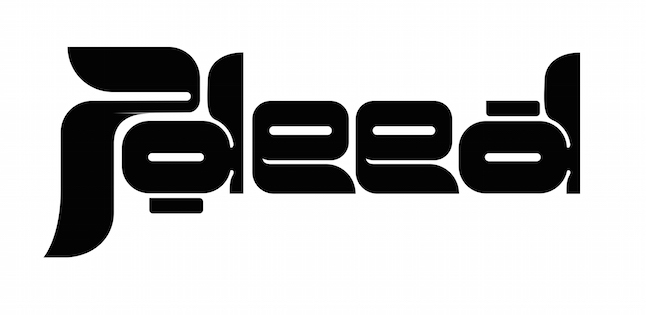
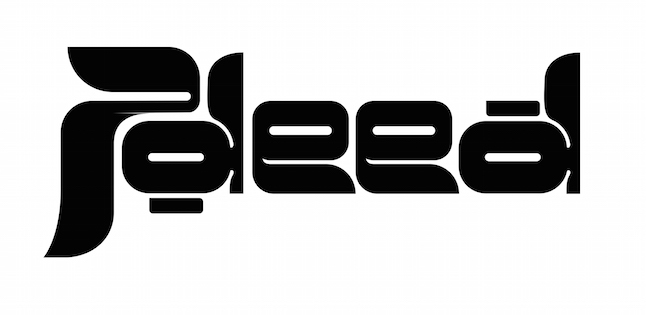
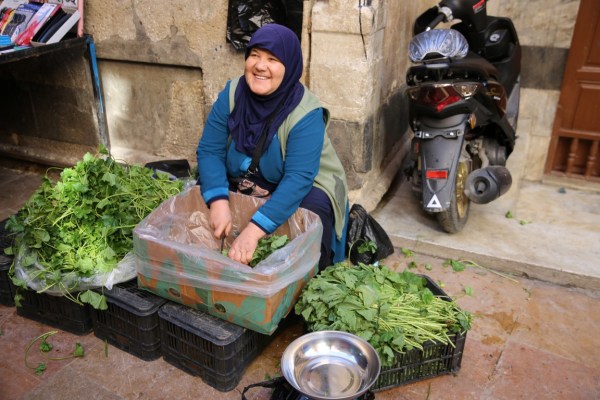

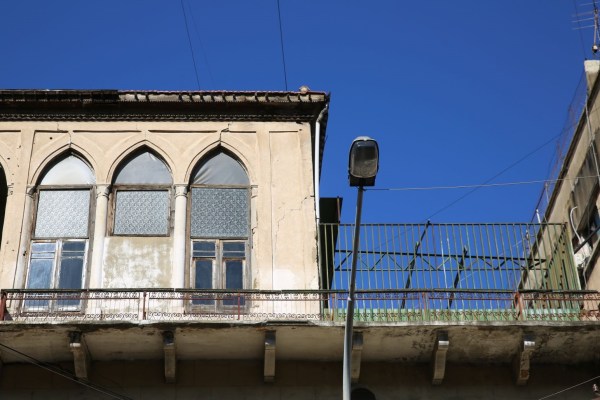
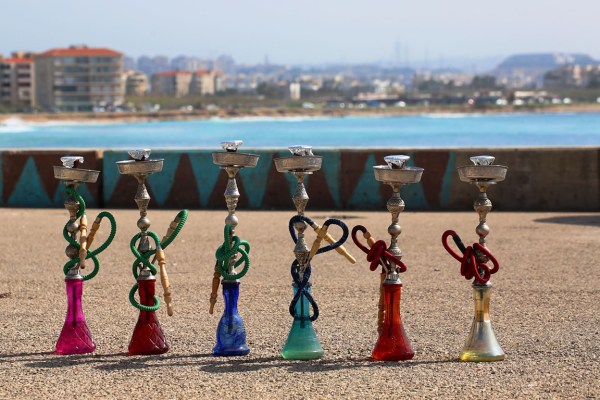



0 comments